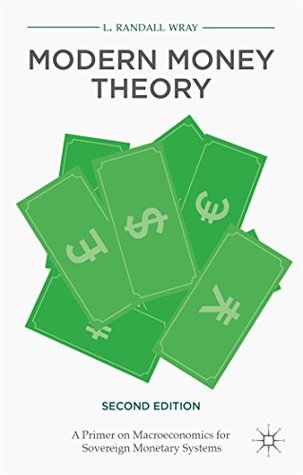More on this book
Kindle Notes & Highlights
Read between
April 20 - June 6, 2020
In other words, modern central banks operate with a price rule (target interest rate), not a quantity rule (reserves or monetary aggregates).
While some commentators were perplexed that Fed “pumping” of “liquidity” (the creation of massive excess reserves through Quantitative Easing) did not encourage bank lending, it has always been true that bank lending decisions are not restrained by (or even closely linked to) the quantity of reserves held.
Banks lend to creditworthy borrowers, creating deposits and holding the IOUs of the borrowers.
Government deficits and global savings Many analysts worry that financing of national government deficits requires a continual flow of global savings (in the case of the United States, especially Chinese savings to finance the persistent US government deficit); presumably, if these prove insufficient, it is believed, government would have to “print money” to finance its deficits, which is supposed to cause inflation. Worse, at some point in the future, government will find that it cannot service all the debt it has issued so that it will be forced to default.
These net credits (equal to the increase of cash, reserves, and bonds) are identically equal to net accumulation of financial assets denominated in the domestic currency and held in the nongovernment sector.
Those who claim that the US government must borrow Dollars from thrifty Chinese don’t understand basic accounting. The Chinese do not issue Dollars – the United States does.
In reality, the Chinese receive Dollars (reserve credits at the Fed) from their export sales to the United States (mostly), then they adjust their portfolios as they buy hi...
This highlight has been truncated due to consecutive passage length restrictions.
The US government never borrows from the Chinese to “finance”...
This highlight has been truncated due to consecutive passage length restrictions.
We conclude: since government deficits create an equivalent amount of nongovernment savings it is impossible for the government to face an insufficient supply of savings.
A: Exactly! Japanese government deficits + current account surpluses = large domestic savings.
Japan’s “two lost decades” – slow growth – have generated very large budget deficits that are sufficient to prevent complete collapse of the economy as the budget deficit plus trade surplus satisfy the domestic net savings desires.
Ergo: the private sector wants to net save in government IOUs, so it won’t spend, generating a budget deficit to satisfy the saving desire.


